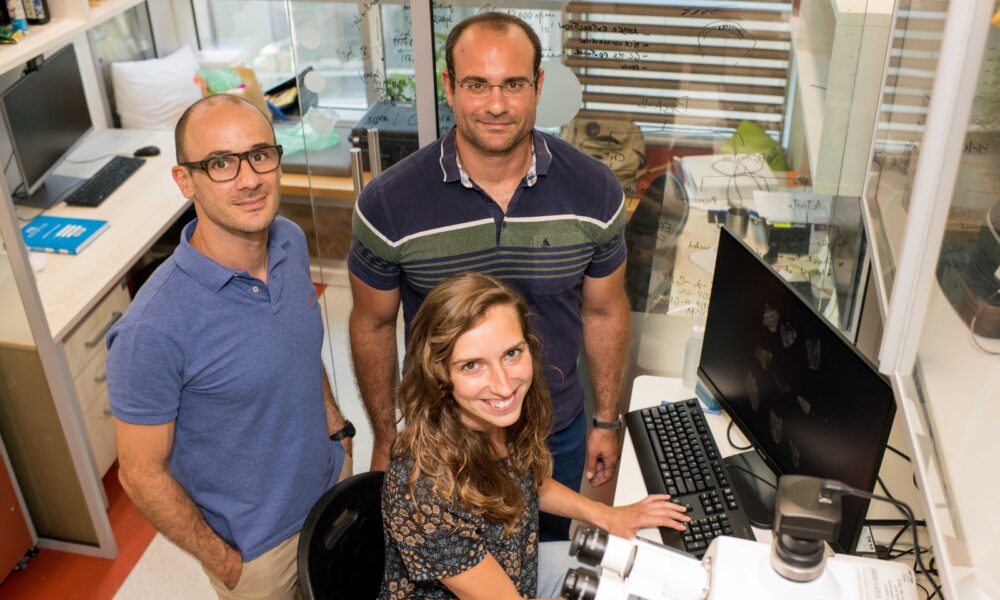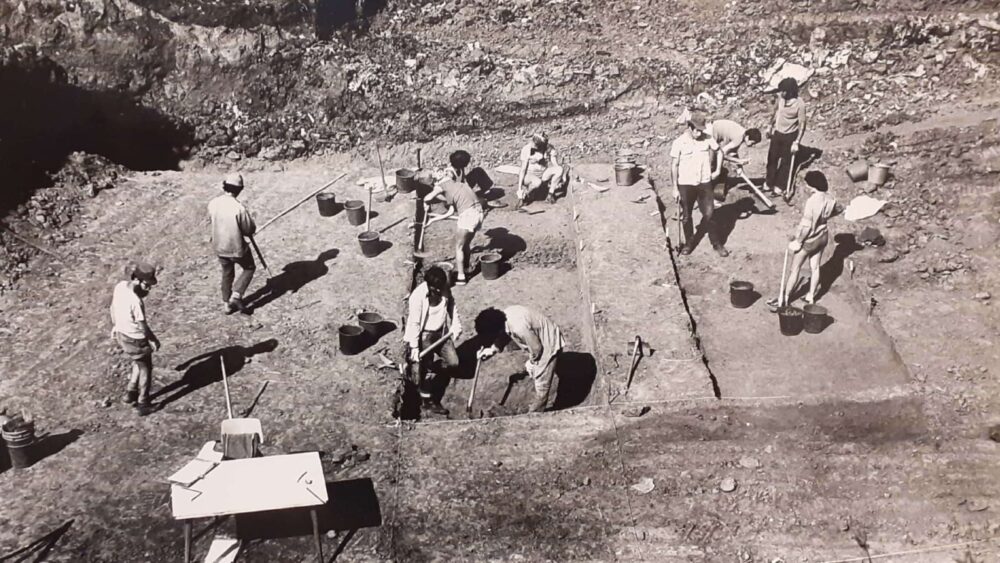There was already some evidence on the ancient use of fire, but the oldest known examples only dated back 500,000 years.
ADVERTISEMENT
The controlled use of fire is a key indicator of human development, but visual evidence, such as ash and charcoal, degrade over time, so the Weizmann team turned to AI and spectroscopy methods to detect non-visual clues.
They tested their technique in what they describe as a “fishing expedition” at the Evron Quarry, a site first discovered in the 1970s and acknowledged as one of the oldest known places of human habitation in Israel.

There were just five known archeological sites worldwide providing reliable evidence of ancient fire, before they started work there. They now believe they may just have found the sixth – and the oldest.
The AI technology tools they use can pinpoint the chemical composition of materials down to the molecular level, revealing otherwise invisible patterns, to the point where it can even estimate the temperature to which the stone tools were heated.

ADVERTISEMENT
These tools could now be used elsewhere to provide evidence of fire being used at sites known to be even older than the Evron Quarry.
“If we use this method at archeological sites that are one or two million years old, we might learn something new,” said PhD student Zane Stepka, who worked on the project.
Weizmann researchers Filipe Natalio and Ido Azuri developed the AI technology.
“When we started this project,” said Natalio, “the archeologists who’ve been analyzing the findings from Evron Quarry told us we wouldn’t find anything. We should have made a bet.”















